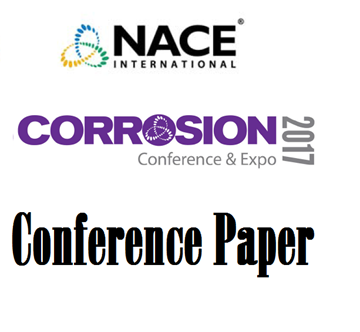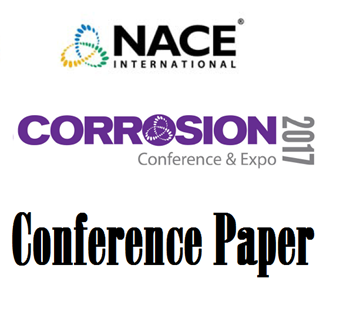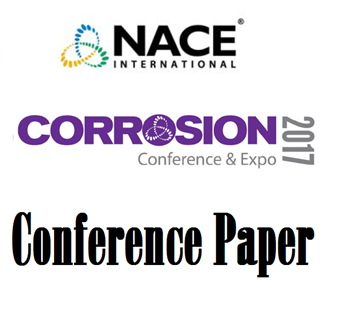Search
The Viscosity of H2O-B(OH)3-LiOH Solutions
Also Purchased
Thermal Shock Resistance of Fecral Alloys for Accident Tolerant Fuel Cladding Application
Product Number:
51317--8900-SG
ISBN:
8900 2017 CP
Publication Date:
2017
$20.00
Susceptibility of Plasma Nitrided 17-4 PH to Sulphide Stress Cracking in H2S-Containing Environments
Product Number:
51317--9342-SG
ISBN:
9342 2017 CP
Publication Date:
2017
$20.00
The Evolution of AC Predictive and Mitigation Software
Product Number:
51317--8912-SG
ISBN:
8912 2017 CP
Publication Date:
2017
$20.00
Recently viewed




